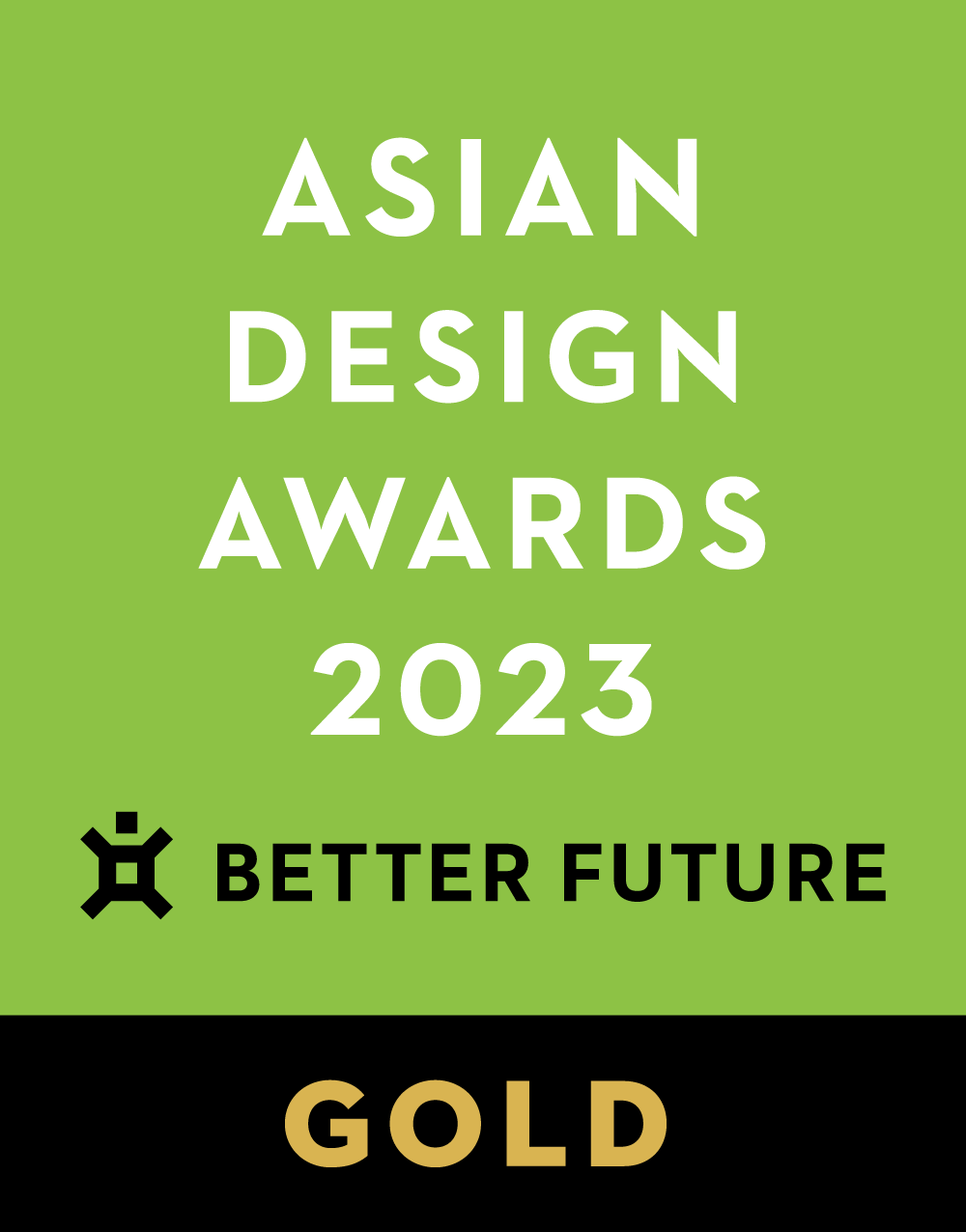









Image Credit : ZENG ZHE

Project Overview
Amass Ophthalmic Clinic is an excellent representative of the industry, which adheres to the philosophy of understanding, serving and benefiting the public. With innovative and cutting-edge technology, experienced medical team, top-notch medical equipment, and high-quality medical services, it is at the leading level in many aspects. In this project, Amass Ophthalmic Clinic requested to enhance the corporate image through the new site, meet the needs of the growing passenger flow through reasonable flow layout, and create a better environment for deep breathing through the new structure. In addition, it required more space and functional areas to accommodate two new independent top medical teams.
Organisation
Team
Li Yunhui, Zhou Minghui, Huang Yuan, Li Bo, Xu Yingsui, Fang Jianming
Project Brief
The project is located in the core business district of Zhujiang New Town, Guangzhou. The original building has a large plane area and complex vertical traffic streamlines, so the plane layout is particularly important. Through reasonable planning and segmentation, this plane is divided into four main functional spaces with relatively independent attributes and an X space for future expansion, covering major functions such as ophthalmology, cosmetology, biotechnology, and clinics. This reasonable layout ensures that in each attribute space, the customer streamline is separated from the dirt streamline.
The east reception lobby serves as the main entrance for ophthalmic medical and cosmetology services. Based on the original high ceiling of the building, the architects unified the facade with wired glass and embedded lighting. This design meets the space's need for light, and replaces the traditional coldness of such environment with a soft and warm atmosphere. The outwardly extending louver grille ceiling is magnificent, visually suppressing and unifying the irregular space. Under the ceiling, the change of space height and light is like an unfolding fan suspended in the space.
Project Innovation/Need
The tone of the ophthalmic clinic is warm wood and white, with soft light sources. Clear zoning and functions help to plan the complex customer streamline of consultation-examination-surgery-recovery (reexamination) in an orderly manner. Soft lights, green plants and hyperbaric oxygen chambers are arranged in the postoperative recovery area, which cooperates with deep breathing to speed up the recovery of post-operative patients.
The cosmetology space is designed with an appropriate spatial scale, so that it will not feel strange or empty when entering from the front hall. The boxes scattered in the long space meet the functional requirements, enrich the changes in light, and relax the mood of passers-by.
There is a 2.6m high and 30m long background wall at the entrance of the biotechnology area, which can be seen at a glance. Independent and heavy, it is separated from the ceiling and stands in the space, reminding us of the curved and high ceiling space of the German Pavilion designed by Mies van der Rohe. Together with the hanging planter, this design brings a pleasant change of light and stretches the beauty of the space.
Design Challenge
The national health industry has always been a social hotspot, and designers are honored to be able to design this space in collaboration with industry leaders. During the project, the continuous in-depth communication to meet the requirements will lay a solid foundation for our subsequent redesign. The difficulty in the design lies in how to sort out the guest routes, staff routes and dirt routes through reasonable divisions based on the usable area requirements of each space, using the vertical circulation of the original building. In addition, it is also required to deal with the use of space such as service lines and sightlines of guests. In addition to functional planning, design team needs to refine the design based on several distinctive spaces of the original building to create some memorable spatial impressions. In terms of objective conditions, the construction period is limited, and the construction site has been shut down many times due to epidemic prevention policies. The team first determined the general framework, and then adjusted the detailed design at any time based on practice on site to solve all unexpected problems in a timely manner. The rapid response mechanism and prefabricated construction mode ensured the completion of the project on schedule.
Sustainability
The design have established an effective coordination mechanism between design management and the construction site, applied the concept of prefabricated construction, reasonably classified according to different attributes, and maintained rapid communication with various professional suppliers. Most of the work is arranged in the factory, which is convenient for controlling product quality and speeding up construction. The team has introduced a modular control system for the ceiling of the reception hall. Through the design of each grille turning one degree and the space layout with intentional blank space, Designers meet the aesthetic requirements and reduce the damage rate of materials. In several high-ceilinged spaces, and designed long-span glass facades to take advantage of natural lighting, supplemented by some advanced energy-saving technologies, such as light guide systems, solar energy, etc.
The design team chooses high-grade Japanese environmental protection paint (three-layer light), warm wood-colored ground and 3500k soft light to clean the space and shorten the distance between the space and people.
Interior Design - Medical
This award celebrates innovative and creative building interiors with consideration given to space creation and planning, furnishings, finishes and aesthetic presentation. Consideration also given to space allocation, traffic flow, building services, lighting, fixtures, flooring, colours, furnishings and surface finishes.
More Details

